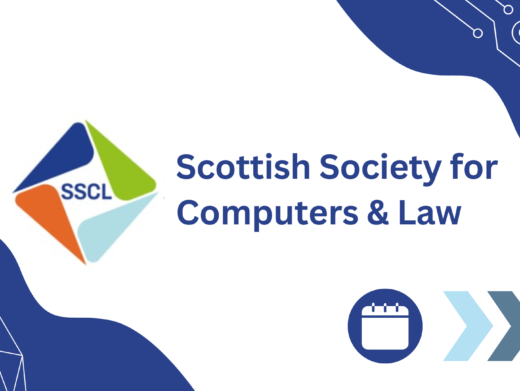The Law Commission of England and Wales and the Scottish Law Commission have announced proposals for a new legal framework aiming to ensure the safety of self-driving vehicles.
The Law Commissions were asked by the UK government’s Centre for Connected and Autonomous Vehicles to review the regulatory framework for the safe deployment of automated vehicles in the UK. This is the third consultation paper by the Law Commissions, and it aims to bring together proposals for the new framework. Many of these proposals build on existing regulation and proposals made in the previous consultation papers, but others are brand new to the sector.
The Law Commissions are consulting on proposals for a new regulatory framework for automated vehicles (AVs) underpinned by robust incident investigation and enforced through a flexible range of regulatory powers and sanctions. The Commissions also seek views on how regulation can support access to data required to make the safety assurance scheme work.
The key proposals being consulted on include:
Vehicle safety
Before deployment of AVs, a two-track system has been proposed which would allow manufacturers to choose whether to get type approval for the vehicle under an international framework or a new national scheme. This would be followed by a categorisation decision to establish whether the vehicle is self-driving for GB purposes, and how it can lawfully be used on British roads.
The proposed new safety assurance scheme would include additional responsibilities and powers to ensure in-use safety. This will help to ensure that self-driving vehicles remain safe throughout their lifetime. The scheme will regulate to ensure safety in response to software updates, cybersecurity risks and updates to maps.
User and fleet operator responsibilities
The Law Commissions have identified two new major regulatory categories of AVs and have proposed that different rules should apply for each.
- Category-1 AVs might, for example, only drive themselves on the motorway and need a human to complete the rest of the trip. The human would be a driver while off the motorway but would be a user-in-charge while the vehicle was driving itself. Users-in-charge are not responsible for the driving but continue to have responsibilities such as insuring the vehicle, duties after an accident and ensuring children wear seat belts.
- Category-2 AVs may be entirely remotely operated as part of a licensed fleet with a user classified as a passenger. The vehicle fleets will need to be looked after by a licensed operator who will also have specific responsibilities, for example supervising their fleets and providing prompt support if they get stuck as well as maintenance.
- Categorising AVs according to their designed capabilities will help ensure that they are only ever used in the way intended, improving the safety of the technology further.
Shifting towards a no blame safety culture for AVs
Even the best designed AVs may still cause collisions. Under the proposals, when a self-driving vehicle is in operation the user-in-charge will not be criminally responsible for any accidents that do occur. As this means there is no driver, society will not have someone to blame in the same way that occurs for conventional vehicles. However, the main aim of the Law Commissions’ proposals is to move away from blame, and towards a learning culture, in which adverse events and accidents lead to the improvement of systems for the future.
However, the Law Commissions seek views on whether to review the possibility of new corporate offences where wrongs by a developer of an autonomous driving system resulted in death or serious injury.
Next steps
The consultation ends on 18 March 2021. Once the consultation period is over, the Commissions will use the feedback provided to create final recommendations for the regulatory framework for the safe deployment of automated vehicles in England, Wales and Scotland. Their final report is due in the final quarter of 2021.




